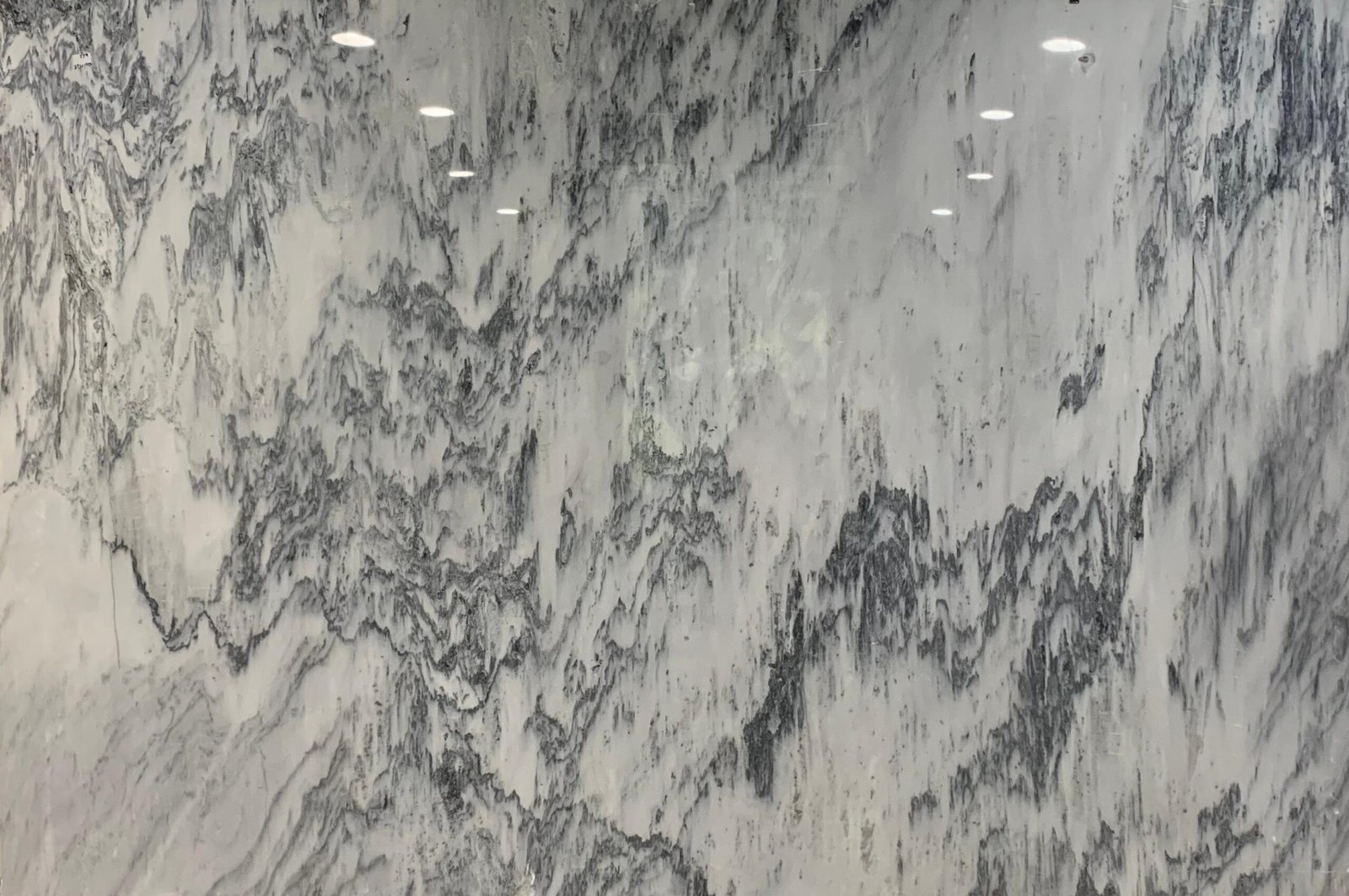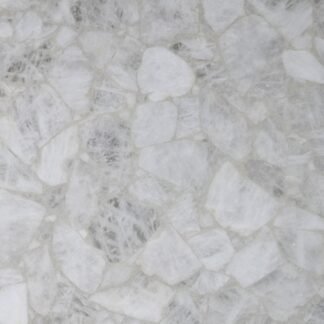Description
Material Introduction:
Marble is a metamorphic rock formed from the recrystallization of limestone under high pressure and temperature over millions of years. This process causes the minerals in the limestone to transform into a denser, more crystalline structure. Marble is composed mainly of calcite (a mineral form of calcium carbonate) and sometimes includes other minerals like dolomite, mica, or clay, which contribute to its unique appearance.
The texture of marble is typically fine to medium-grained, giving it a smooth, elegant feel. Its surface can be polished to a high gloss, enhancing its natural beauty. Marble’s veining is one of its most distinct features. These veins are created by impurities in the original limestone, such as iron oxides, clay, or other minerals, and they can appear in a wide variety of patterns, from straight and uniform to bold, swirling designs.
Advantages:
- Elegant and timeless appearance
- Wide variety of colors and patterns
- High heat resistance
- Durable and long-lasting with proper care
Applications:
- Backlit countertops: Creates a dramatic, luminous effect when light shines through.
- Feature walls: Adds sophistication and uniqueness to any interior space.
- Reception desks and bar tops: Ideal for high-end commercial spaces where visual impact is key.
- Flooring in High-End Areas: This type of slab is often used in upscale residential or commercial flooring, offering a durable and visually captivating surface.






Reviews
There are no reviews yet.